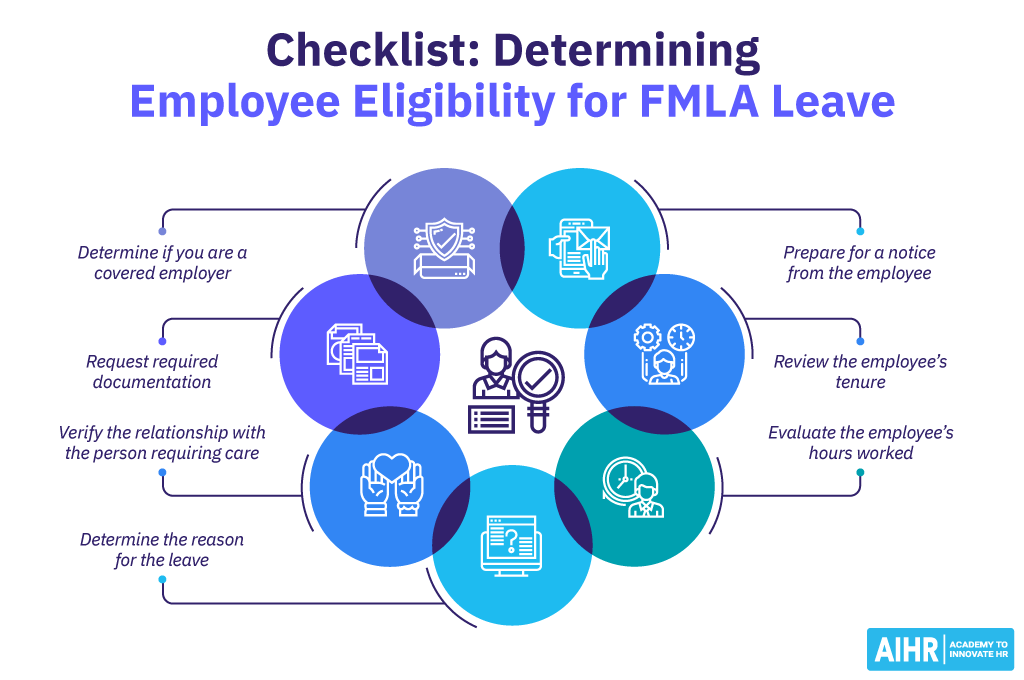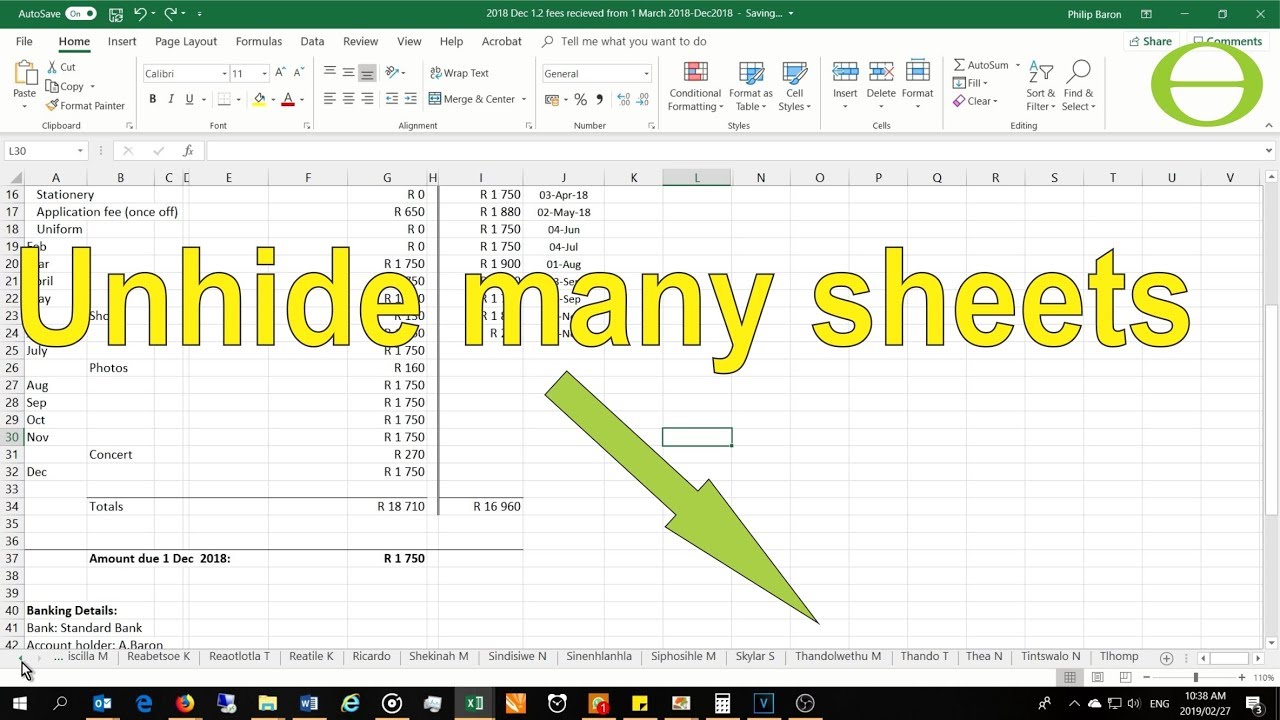FMLA Flare-Ups: Simple Guide to Paperwork

Dealing with a medical condition that requires intermittent leave can be a stressful experience, especially when it comes to navigating the paperwork associated with the Family and Medical Leave Act (FMLA). FMLA flare-ups refer to episodes where an employee must take leave due to health conditions that are not continuous but require periodic absences from work. Understanding how to manage and document these flare-ups correctly is essential for both employees and employers. This guide will help you understand the paperwork involved, streamline the process, and ensure compliance with FMLA regulations.
Understanding FMLA and Intermittent Leave

Before diving into the paperwork, it's crucial to grasp the basics:
- FMLA allows eligible employees to take up to 12 weeks of unpaid, job-protected leave in a 12-month period for specified family and medical reasons.
- Intermittent leave can be used for conditions where treatment is periodic or episodic, such as flare-ups of a chronic condition.
Eligibility for FMLA includes having worked for the employer for at least 12 months, having at least 1,250 hours of service in the last 12 months, and working at a location where the company employs 50 or more employees within 75 miles.
🔍 Note: FMLA leave is not just for taking care of your own serious health condition but also for caring for a family member or in connection with the birth or placement of a child for adoption or foster care.
Step-by-Step Guide to FMLA Paperwork for Flare-Ups

Here's a detailed look at how to manage the FMLA paperwork for intermittent leave due to flare-ups:
1. Notification to Employer

First, you must notify your employer when you know you need to take FMLA leave. For flare-ups:
- Provide your employer with as much notice as possible when a flare-up occurs or is foreseeable.
- Use the employer's designated call-in procedure or fill out a leave request form.
Include the following information in your notification:
- The reason for the leave (mentioning "FMLA qualifying condition")
- Duration of the leave (as best as can be predicted with flare-ups)
- Contact information of your healthcare provider
2. Medical Certification

Your employer will likely request a medical certification:
- Form WH-380, also known as the Medical Certification for Family and Medical Leave, must be completed by a healthcare provider.
- This form provides details on the medical condition, the treatment plan, and the need for intermittent leave.
The certification form should cover:
- The need for leave due to incapacity or treatment
- The estimated frequency and duration of each flare-up
- Any work restrictions or modifications needed
It's crucial to get this form filled out promptly to ensure your leave is covered under FMLA.
🩺 Note: Your healthcare provider can provide a narrative explanation if there is uncertainty about the exact dates of leave or the treatment schedule due to the nature of flare-ups.
3. Approval Process

After submitting the medical certification:
- Your employer will review the information to determine if the leave qualifies under FMLA.
- The HR department or your supervisor might contact you or your healthcare provider for clarification.
- You'll receive a written response informing you if the leave has been approved.
If the approval is delayed or denied, seek HR assistance to understand the reasons and rectify any issues.
4. Tracking Leave

Keeping track of your leave is essential:
- Document each leave episode, including start and end dates.
- Use a leave tracker or a calendar to monitor how much leave you've used.
- Regularly update your employer on your condition if required.
Remember, while you might be under FMLA protection, your employer can require you to follow their attendance policy for reporting absences.
5. Return to Work Documentation

When returning from leave:
- You might need a return-to-work certification from your healthcare provider confirming your ability to return to work or the end of your treatment.
- Submit this documentation as per your employer's policy.
Common Pitfalls and How to Avoid Them

Here are some common issues to be aware of:
- Timeliness: Promptly submit all required documentation to avoid delays in approval or potential denial of FMLA protection.
- Communication: Maintain open and honest communication with your employer about your condition and need for leave.
- Accuracy: Ensure all forms are filled out accurately to avoid misunderstandings or disputes.
Additionally, here are some tips to facilitate the process:
- Keep copies of all documents, emails, and certifications related to your FMLA leave.
- Understand your rights and your employer's obligations under FMLA by consulting legal resources or employee handbooks.
- If possible, discuss flexible work arrangements or alternative accommodations with your employer.
Dealing with FMLA flare-ups can be complex, but by understanding the steps involved and staying organized, you can ensure that your health needs are met without jeopardizing your job security. As we've covered, from notifying your employer to meticulously tracking your leave and communicating effectively, each step is crucial in managing this legal protection to your advantage. Remember, FMLA is designed to help employees cope with medical issues while retaining their jobs, but it requires diligent paperwork and adherence to procedures.
What qualifies as a serious health condition under FMLA?

+
A serious health condition under FMLA includes conditions that require inpatient care, chronic conditions with flare-ups, or any illness that would require an ongoing regimen of continuing treatment.
How much notice must an employee give for an FMLA leave request?

+
Employees must provide at least 30 days’ notice before the FMLA leave is to begin if the need for leave is foreseeable. If it’s not, the employee should provide notice as soon as practicable.
Can an employer deny an FMLA request?

+
An employer can deny an FMLA request if the employee does not meet the eligibility criteria, fails to provide necessary documentation, or if the leave does not qualify under FMLA conditions.



